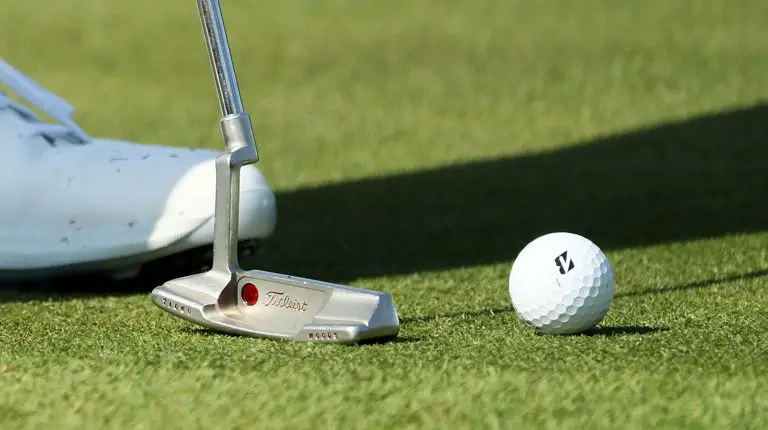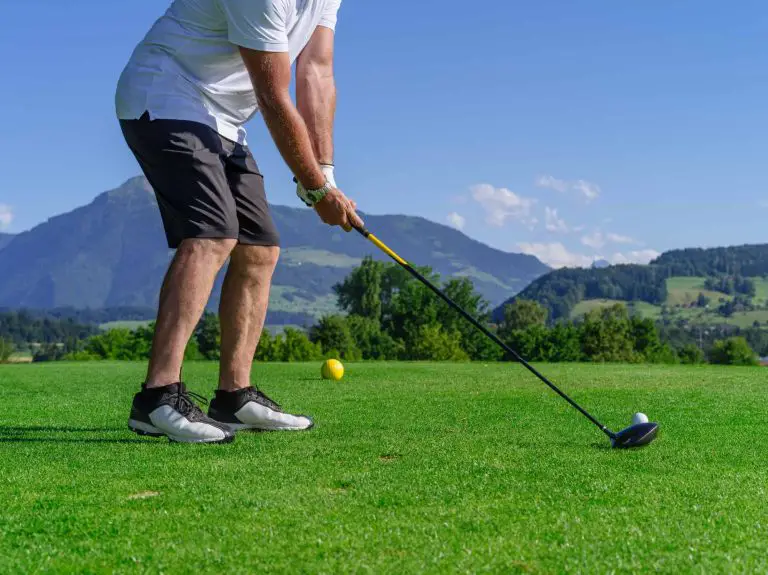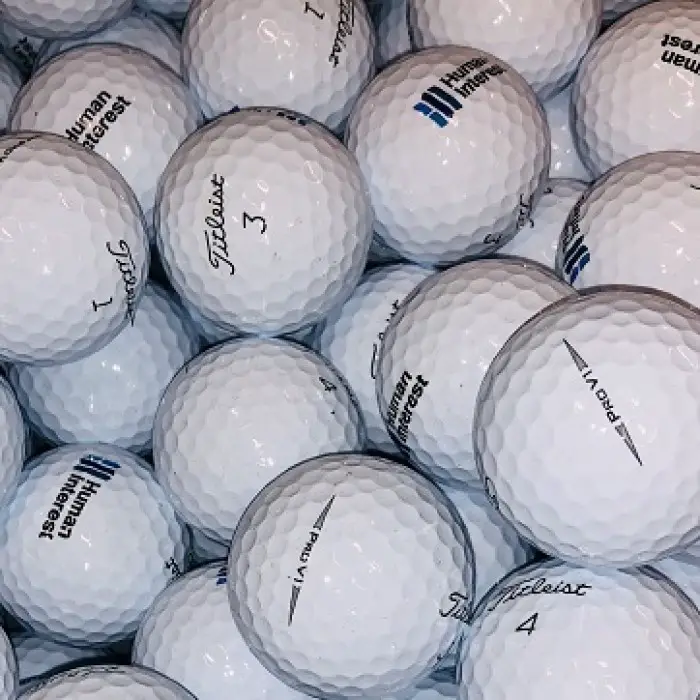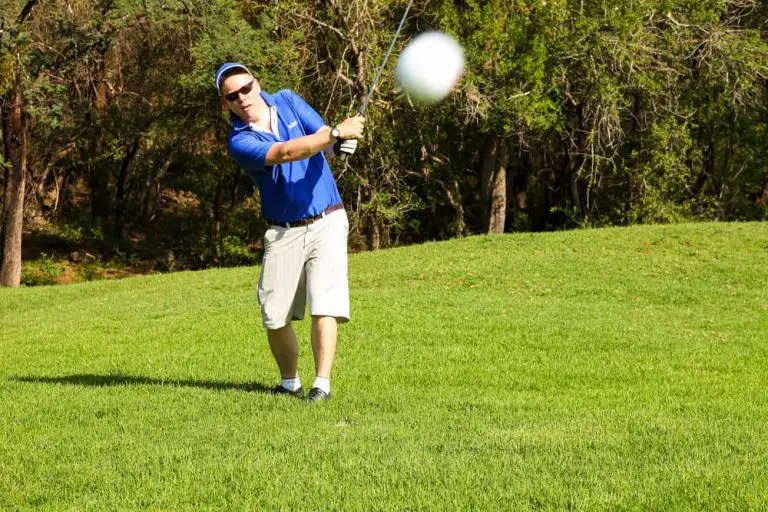Why Do Golfers Tape Their Fingers
In the world of golf, it’s not uncommon to see golfers with their fingers wrapped in tape. You may wonder, why do golfers tape their fingers? What purpose does it serve in a sport that primarily focuses on swinging clubs and striking the ball? In this article, we will explore the reasons behind this practice and shed light on the benefits that finger taping offers to golfers.
Taping fingers has become a common ritual among golfers, and it serves a range of purposes. From injury prevention to enhanced grip and control, finger taping has proven to be a valuable technique that can positively impact a golfer’s game.
In this article, we will delve into the motivations behind finger taping in golf. We will examine the various ways in which taping provides support and stability to the fingers, minimizing the risk of injuries such as sprains and strains. We will also explore how finger taping enhances grip strength and control, allowing golfers to maintain a steady hold on the club throughout their swing.
Additionally, we will discuss the importance of joint stability and alignment, which can be achieved through proper taping techniques. We will highlight how finger taping acts as a protective barrier, shielding golfers’ fingers from friction and potential hazards on the course. Furthermore, we will touch upon the role of finger taping in injury rehabilitation and recovery.
Whether you are a professional golfer or a recreational player, understanding the benefits of finger taping can help you make informed decisions about incorporating this practice into your golfing routine. So, let’s dive into the world of finger taping and discover how it can improve your golf game.
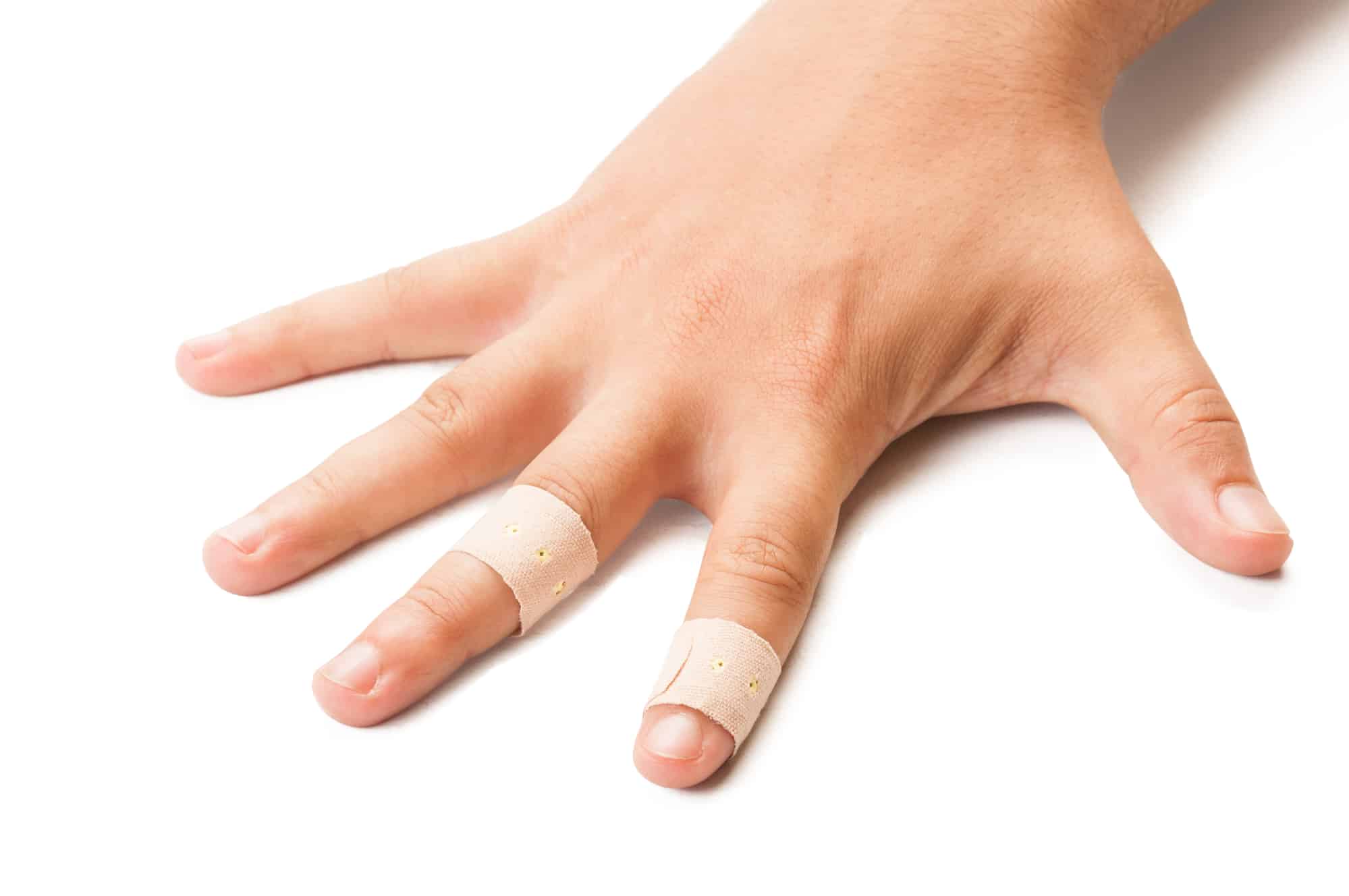
Why Do Golfers Choose to Tape Their Fingers?
Taping fingers has become a common practice among golfers, serving various purposes to enhance their performance and prevent injuries. Let’s uncover the motivations behind finger taping and understand its significance in the game of golf.
Injury Prevention and Support
In the demanding sport of golf, injuries are not uncommon. Finger taping plays a crucial role in injury prevention and providing support to vulnerable areas. We will explore how taping can protect against sprains, strains, and other finger-related injuries, enabling golfers to maintain their swing mechanics and play at their best.
Enhanced Grip and Control
A secure and confident grip is essential for every golfer. Finger taping can improve grip strength and control, ensuring a firm connection between the hands and the club. We will discuss how taping techniques enhance the golfer’s ability to maintain a consistent grip throughout the swing, resulting in improved accuracy and distance.
Joint Stability and Alignment
Maintaining proper joint alignment is crucial for optimal performance and injury prevention. Finger taping helps stabilize the joints and ensures they remain in their correct positions during the swing. We will explore how taping techniques can aid in aligning the fingers, reducing the risk of discomfort or injury caused by misalignment.
Finger Protection
Golfers subject their fingers to repetitive motions and potential hazards on the course. Taping provides an added layer of protection, minimizing the risk of blisters, cuts, and other minor injuries. We will discuss how finger taping acts as a barrier against friction and impact, allowing golfers to focus on their game without distractions.
Injury Rehabilitation and Recovery
In the unfortunate event of a finger injury, taping techniques can aid in the rehabilitation and recovery process. We will explore how taping can provide additional support during the healing process, allowing golfers to return to the course sooner and with reduced discomfort.
Technique and Performance Enhancement
Proper finger taping techniques can contribute to improved swing mechanics and overall performance. We will delve into how specific taping methods can address individual swing characteristics, such as preventing excessive finger movement or supporting a more controlled release.
Types of Finger Tape and Application Methods
There are various types of finger tape available, each with its unique properties and benefits. We will discuss popular options and guide you through the process of selecting the right tape for your needs. Additionally, we will provide step-by-step instructions for proper tape application, ensuring maximum effectiveness and comfort.
Personal Preference and Comfort
Finger taping is a personal choice that depends on individual preferences and comfort levels. We will touch upon the subjective aspects of finger taping, including the level of tape tightness, tape thickness, and customization options. Understanding these factors will help golfers find the right taping approach that suits their specific needs.
Conclusion
In conclusion, finger taping has become an integral part of many golfers’ routines. From injury prevention and support to enhanced grip and finger protection, taping offers numerous benefits for golfers of all skill levels. Whether you’re seeking additional stability, recovering from an injury, or looking to optimize your performance, finger taping techniques can be a valuable addition to your golfing arsenal. Remember to consult with professionals or experienced golfers to find the most suitable taping methods for your game.

